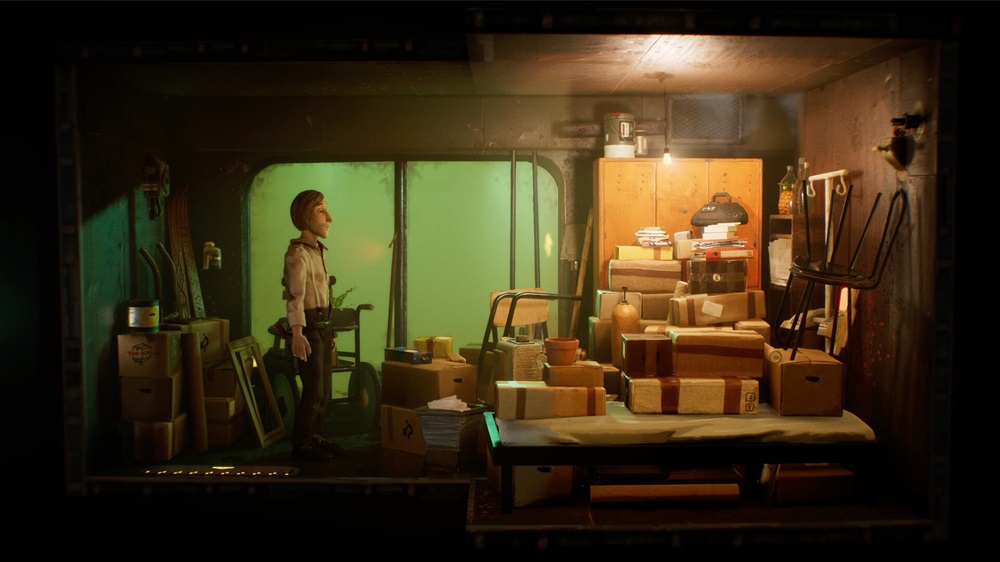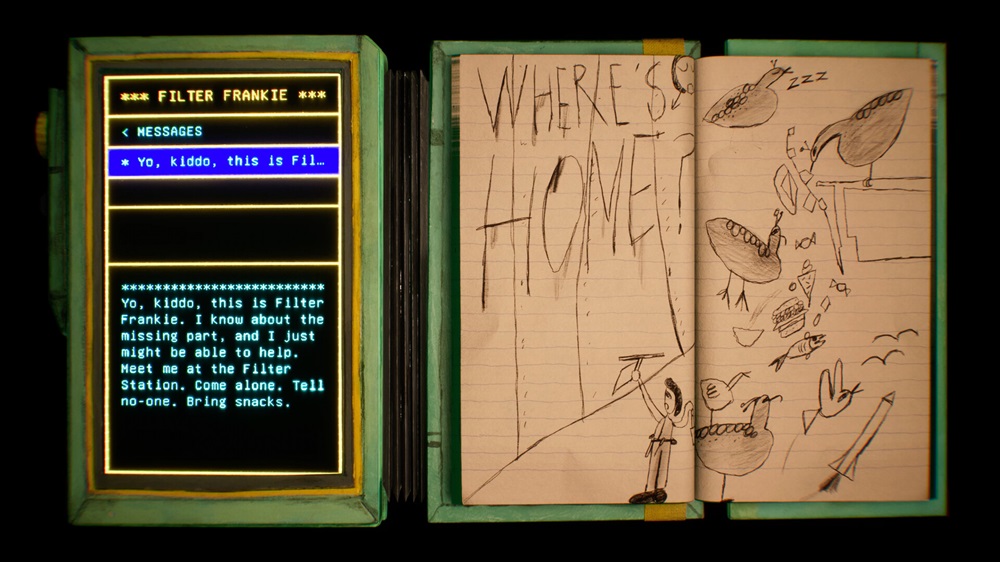Harold Halibut is a gorgeous game with wonderful characters | Hands-on preview
I can’t tell you how much I love Harold Halibut, but I’ll try. When games do something new or push the creativity to new levels, people will always take notice, however, this goes beyond that. It features a beautifully told story about the human condition, about friendship, and about connection. What makes it so special is the care and attention to the craft of its characters and its world, all done through the near forgotten art stop-motion.
I recently attended a briefing of Harold Halibut with the developers, and while many of these presentations talk about the mechanics of how everything works in-game, this one felt much more personal. It was about their love of modelling and stop-motion, going into detail about how the world of Harold Halibut came to be and how the models were created. I was already looking forward to playing, but hearing that passion was infectious. I was just worried the game wouldn’t live up to my expectations.

Although this is only a preview covering the opening few chapters of Harold Halibut, I’m already in love with it. It’s so charming, both in the characters and the city-sized spaceship they live on. The story revolves around the lives of the inhabitants on Fedora I. Everyone seems pretty content on just living there, no ambitions or dreams, just going from day to day content with the mundanity of it all. Not Harold, though. As a lab assistant to the ship’s lead scientist Jeanne Mareaux, he wants more from this life. Something made apparent in one of my preview’s favourite moments where he bursts into a full music number about there being more to life while cleaning out a blockage in the filtration system.
He’s a loveable guy, helping out anyone in need. At one point I helped general store owner Tommy with his marriage. Poor Toomy thought Brigitte was having an affair, and after being sent to snoop on her you’re able to help the two reconnect and help him see he was just being paranoid. I went for a jog with some buddies, cleaned up some graffiti, chopped up and helped analyse some space rocks, and more. There’s always something to do, and while most of the tasks feel mundane, they’re slotted into a narrative that always made me want to keep on trucking.
That story is another fascinating element of Harold Halibut. While Mareaux works tirelessly to find a way off the planet everyone is grounded on, things start to open up substantially following a mysterious radio transmission from Earth. This living and breathing city is brought to life in the littlest of details, whether through the tannoy messages from the mysterious All Water corporation or from the conversations you listen in on or have yourself. The design of the ship is also stunning, and the way Slow Bros has crafted something so wonderful makes you fall in love with it even more.

What makes Harold Halibut so good is the friendships Harold has and the people he meets. The voice acting across the board is stellar, feeling personable and pure, but most of all genuine. I honestly can’t wait to spend more time among the civilians, getting more acquainted with them. It’s never cheesy or forced, and I was so glad the writing is so good. One of my concerns that it would feel more gimmicky because of the stop-motion, but every cog in the machine that is Harold Halibut works. One of those cogs is the datapad, offering a different style of art to present how you complete quests and what you need to do, featuring drawings by Harold that recaps what has happened in your playthrough.
Despite not playing the whole game, Harold Halibut is looking great so far. The story had started to open up drastically as my preview came to a close, and while I’m looking forward to see where it goes, it was about the characters and Harold’s friendships that made me fall in love. The aesthetic is incredible, and even though a lot of the tasks you complete are relatively simple, they work within the confines of the Fedora I, and the moment I get to play more I’ll be there.




